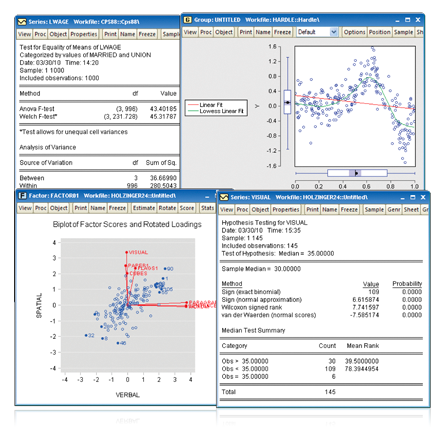

However, U5MRs could show a slight upward trend from 2016 to 2020. The U5MRs in Beijing are projected to be 2.88‰, 2.87‰, 2.90‰, 2.97‰ and 3.09‰ for the period 2016-2020, based on the predictive model.īeijing has made considerable progress in reducing U5MRs from 1992 to 2015. Accidental asphyxia and sepsis were among the top five causes of death in children aged 28 days to 1 year and accident was among the top five causes in children aged 1-4 years.

The distribution of causes of death differed among children of different ages. The greatest, most rapid reduction was that of pneumonia by 92.26%, with an annual average rate of reduction of 10.53%. Birth asphyxia, congenital heart disease, preterm/low birth weight and other congenital abnormalities comprised the top five causes of death. However, the U5MR increased by 7.20% from 2013 to 2015. Mortality in neonates, infants and children aged under 5 years decreased by 84.06%, 80.04% and 80.17% from 1992 to 2015, respectively. An autoregressive integrated moving average (ARIMA) model was fitted to forecast U5MRs between 20 using the EViews 8.0 software. Trends in mortality and leading causes of death were analysed using the χ 2 test and SPSS 19.0 software. Data collection was based on the Child Death Reporting Card of the Beijing Under-5 Mortality Rate Surveillance Network.

To analyse trends in mortality and causes of death among children aged under 5 years in Beijing, China between 19 and to forecast under-5 mortality rates (U5MRs) for the period 2016-2020.Īn entire population-based epidemiological study was conducted.


 0 kommentar(er)
0 kommentar(er)
